Deck & Commander Strategies

Krenko, Mob Boss
Generate massive numbers of goblin tokens quickly to overwhelm opponents with sheer numbers and synergy buffs, using cards like Goblin Warchief, Siege-Gang Commander, and Mana Echoes to increase token production and damage output.
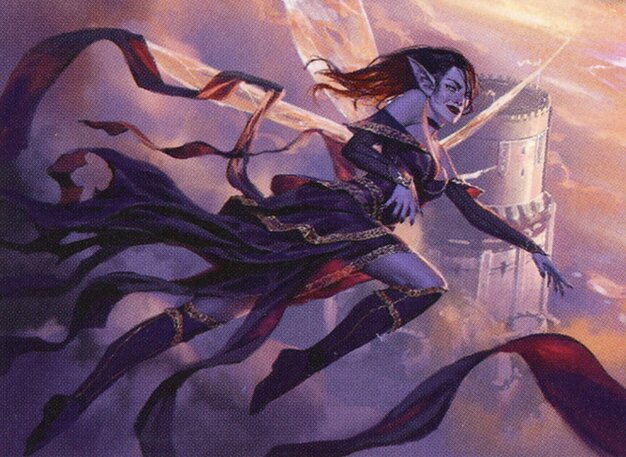
Alela, Artful Provocateur
Utilize enchantment and artifact synergies to generate faerie tokens, draw cards, and gain incremental life advantages while controlling the board through defensive enchantments like Ghostly Prison.
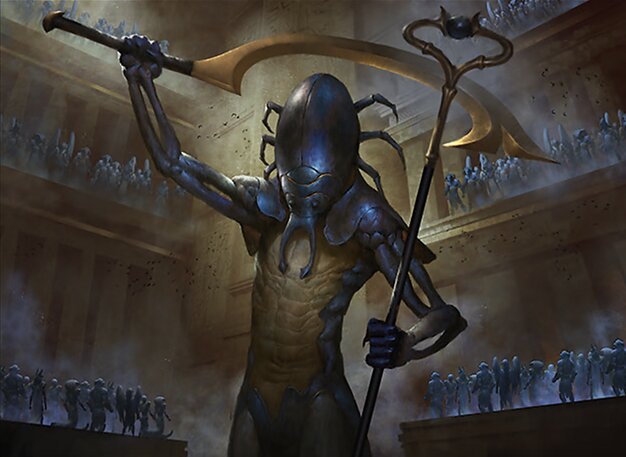
The Scarab God
Leverage zombie tribal synergies and value creatures like Murderous Rider and Herald's Horn to control the board and reanimate creatures for sustained pressure.
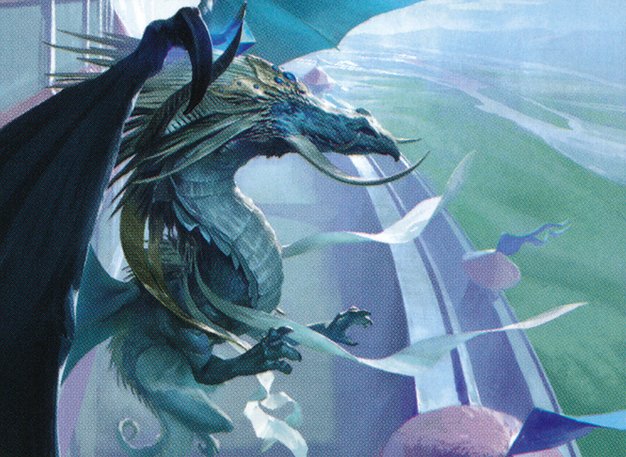
Arcades, the Strategist
Use walls and defenders to draw cards and control the board while gaining incremental advantages, aiming for a defensive and value-oriented game plan.
Gameplay Insights
- 1
The Krenko player capitalized on token synergy cards and Mana Echoes to dramatically increase goblin token production, creating a sudden and overwhelming board state.
- 2
Sacrificing goblin tokens to Skirk Prospector was a key mana acceleration and damage strategy that enabled casting multiple goblins and dealing incremental damage.
- 3
Alela’s use of enchantments like Ghostly Prison and card drawing from Mesa Enchantress and All That Glitters created consistent incremental advantage and defensive buffers.
- 4
Cyclonic Rift was used strategically by Alela to clear the overwhelming goblin board presence, slowing down the Krenko player's momentum.
- 5
Brandon's Scarab God deck maintained pressure by focusing on zombie tribal synergies and value creatures but was ultimately pressured by the rapid goblin swarm and token synergies.
Notable Cards
-
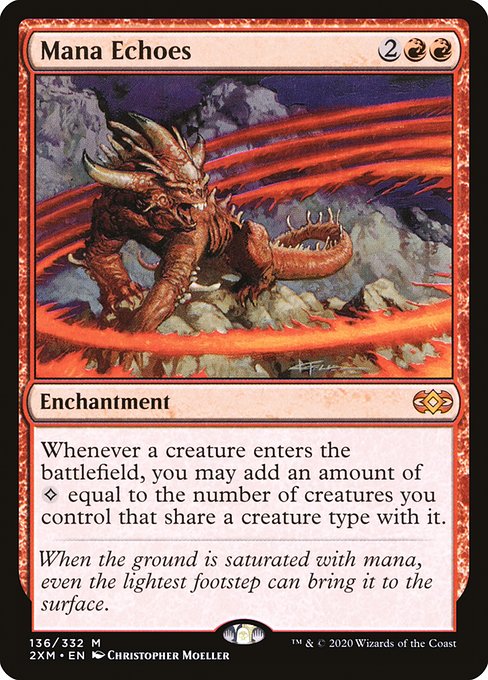
Mana Echoes
-
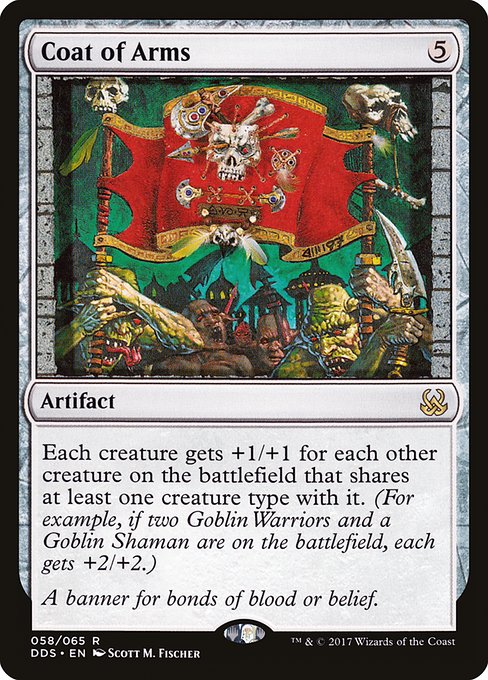
Coat of Arms
-
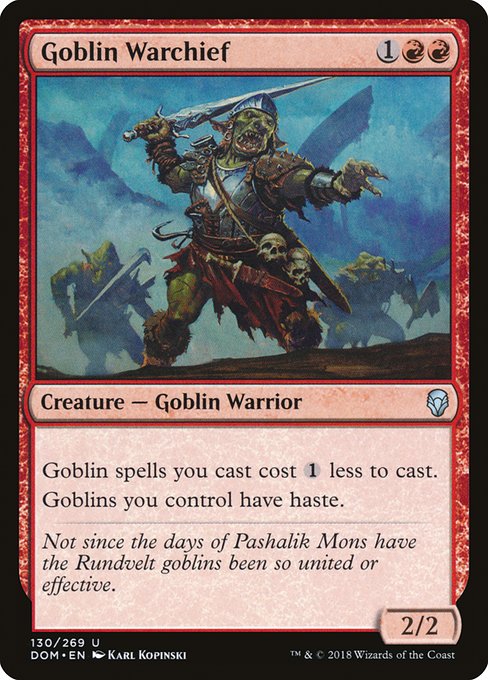
Goblin Warchief
-

Siege-Gang Commander
-
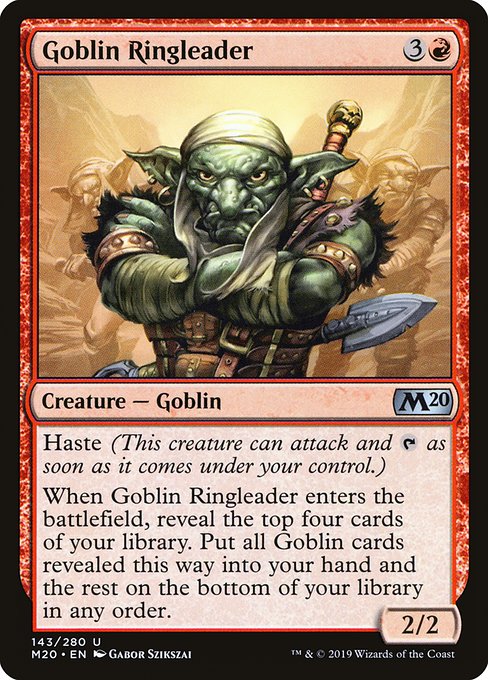
Goblin Ringleader
-

Ghostly Prison
-
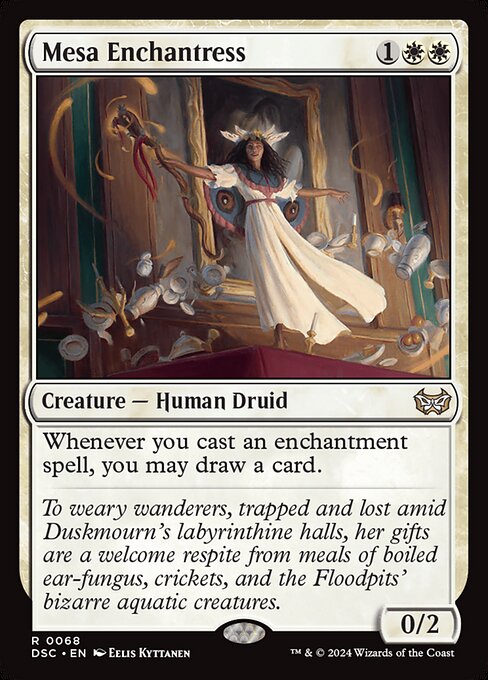
Mesa Enchantress
-
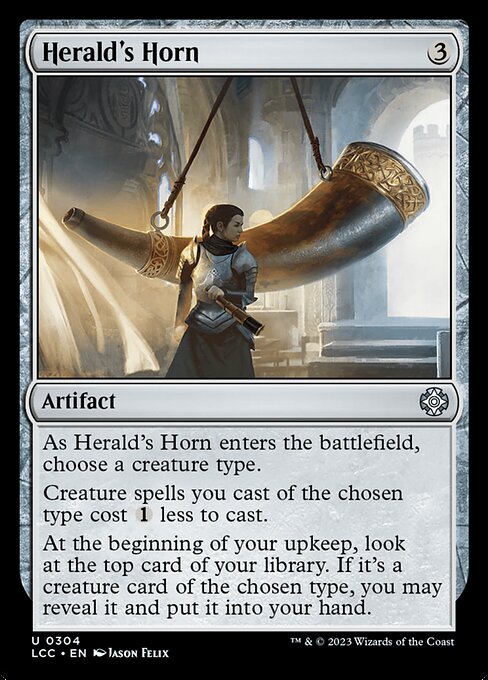
Herald's Horn
-
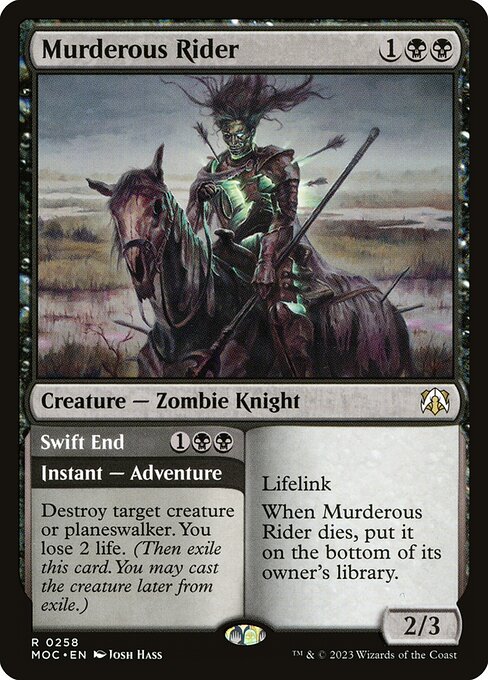
Murderous Rider // Swift End
-
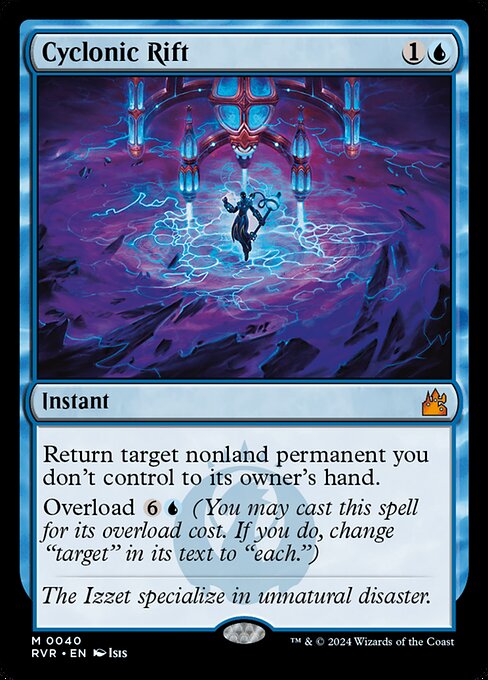
Cyclonic Rift
-
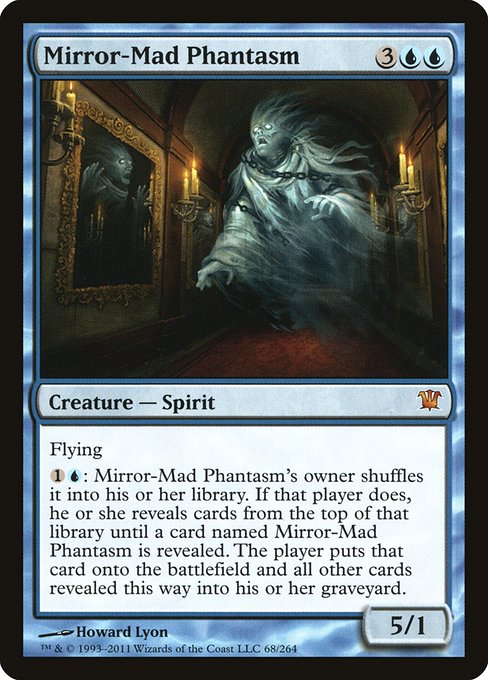
Mirror-Mad Phantasm
Gameplay Summary
The game featured four distinct Commander decks, each pursuing their unique strategies.
Early turns involved developing mana bases and setting up board presence.
The Krenko player rapidly generated goblin tokens using Krenko, Mob Boss alongside synergies such as Goblin Warchief, Goblin Ringleader, and Siege-Gang Commander, quickly amassing a formidable horde.
This aggressive token strategy was bolstered by cards like Coat of Arms and Mana Echoes, enabling explosive token production and damage output.
Meanwhile, Alela focused on enchantment and faerie token synergies, drawing cards and gaining incremental advantages through Mesa Enchantress and Mirror-Mad Phantasm copies, while maintaining some defensive measures with Ghostly Prison and other enchantments.
The Scarab God player worked on zombie tribal synergies, using cards like Herald's Horn and Murderous Rider to establish board control and value.
Arcades aimed to leverage walls and defensive creatures to draw cards and control the board but was eventually overwhelmed by the aggressive goblin swarm and other threats. A pivotal moment came when the Krenko player cast Mana Echoes and Coat of Arms in quick succession, dramatically increasing token generation and power.
This allowed a wide-scale sacrifice and attack phase that damaged multiple opponents and cleared some blockers.
Despite attempts to slow down this onslaught with counterspells and board wipes like Cyclonic Rift, the goblin swarm remained a central threat.
The Scarab God and Alela players both leveraged their synergies to maintain pressure and defensive options, but ultimately the game tilted in favor of the explosive token-based aggression led by Krenko and his goblin army.


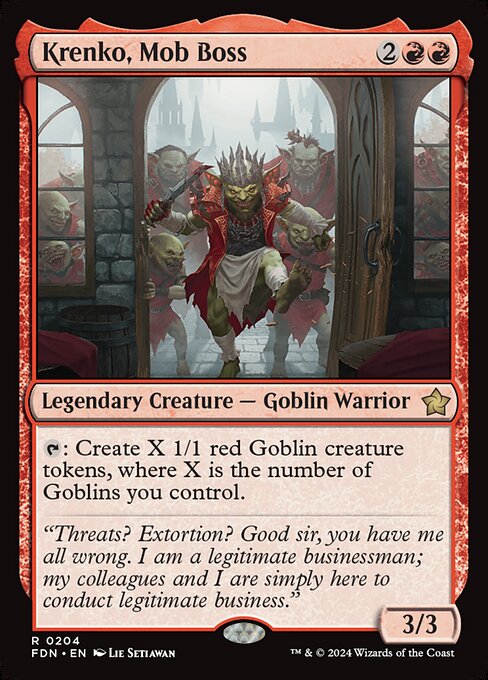






















![Commander VS S17E3: Korvold VS Alela VS Chulane VS Syr Gwyn [Brawl] thumbnail](https://i.ytimg.com/vi/Pa8JzkN1leY/sddefault.jpg)


















